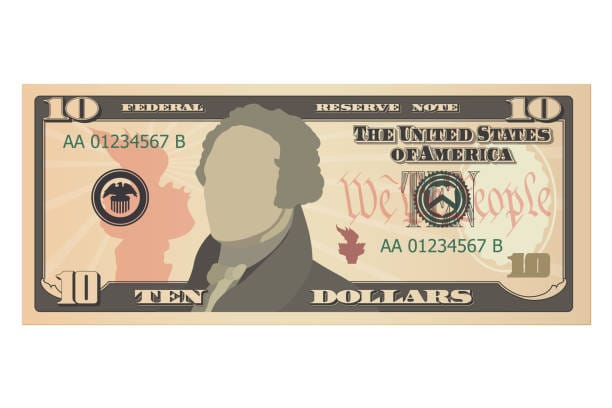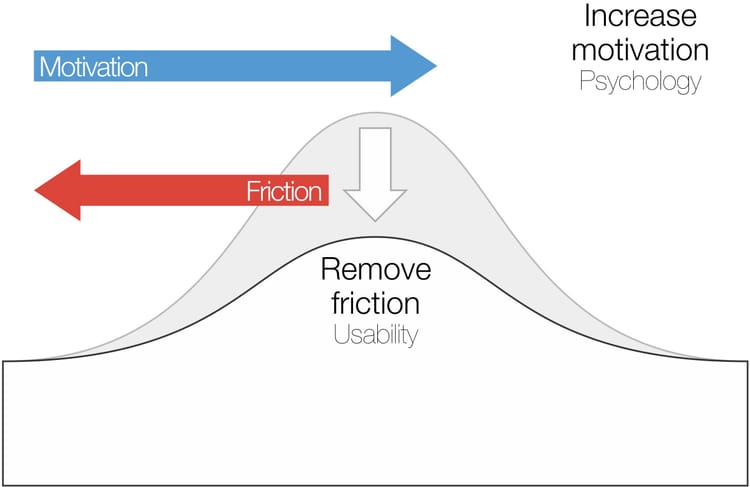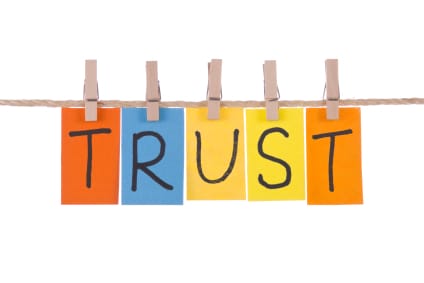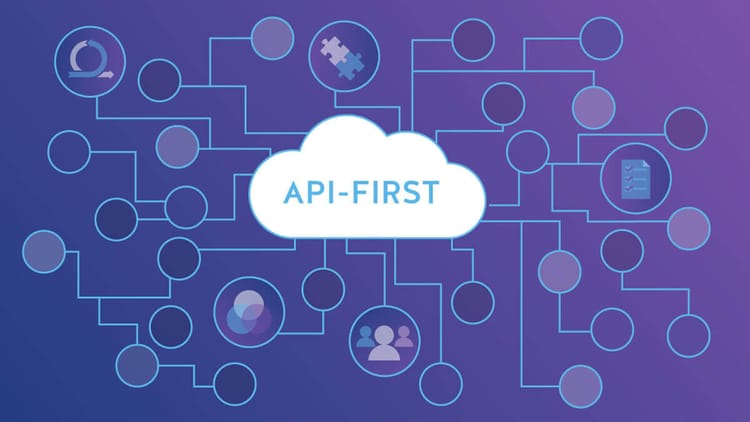The $10 Budget Challenge for Product Partnerships

In the ever-resource-constrained world of product development, even the most promising product partnerships face the challenge of maximizing impact with limited resources. When your budget shrinks to a ten-dollar bill, the $10 Budget Challenge emerges as a powerful tool for prioritizing ruthlessly and extracting the most value from your collaboration.
The Challenge: Divide and Conquer
Imagine you have a $10 budget and a list of all tasks and initiatives associated with your product partnership, over the next 12 months. This could include everything from Go-To-Market (GTM) strategies and Public Relations (PR) outreach to user adoption initiatives, feature development sprints, joint events, and co-marketing campaigns. Your challenge: allocate your entire $10 budget across these activities, with high-impact areas receiving the most funding.
Applying the Framework:
- List your activities: Create a comprehensive list of all tasks and initiatives associated with your partnership, including specific GTM activities, PR plans, user adoption strategies, feature development priorities, potential events, and co-marketing opportunities.
- Prioritize with the $10 Test: Ask yourself, "What high-impact areas should be funded?" Also use areas with limited funding to ask "Should we fund this at-all? How much impact can we drive with $1?"
- Allocate your budget: Based on your $10 Test analysis, distribute your $10 budget across the listed areas:
- High-priority areas (think $5 or more): These could include critical activities like developing and launching a collaborative GTM campaign or focusing on a critical feature development sprint essential for user adoption.
- Medium-priority areas (think $2-$4): These could involve activities like crafting a co-marketing strategy outlining joint social media campaigns or creating low-cost content for user adoption.
- Low-priority areas (think $1 or less): These could involve exploring free PR opportunities, scheduling brainstorming sessions for future events, or researching potential co-marketing partnerships that require minimal initial investment. These should be pressure tested to see if the funding should be removed and applied to higher-impact activities.
- Get creative: Remember, the goal isn't to spend the entire $10 literally, but to maximize the impact of your limited resources. Explore free or low-cost alternatives, leverage team member expertise, and prioritize activities that can be completed efficiently.
Beyond the Budget:
The $10 Budget Challenge is ultimately not about spending imaginary money. It's about critical thinking, prioritizing ruthlessly, and encouraging creative problem-solving within your product partnership. It can also be a useful communication tool, to share how you will be prioritizing partnership activities.
By forcing you to think small and resourceful, it can lead to innovative solutions and a laser focus on the activities that genuinely matter for your partnership's success.
“Creativity comes from constraint.”
— Biz Stone
If you enjoyed this piece, please share it. Thanks. 🙏




